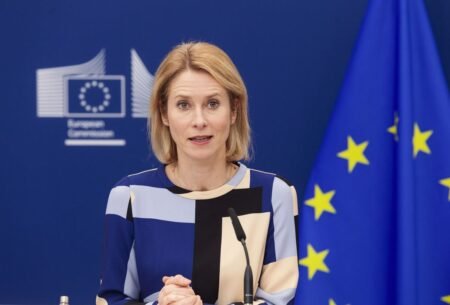(STRASBOURG) – The EU Parliament voted Wednesday for a simpler and more stringent A to G scale for energy labels showing the energy efficiency of household appliances to keep pace with technological progress.
Debating the Commission proposal, MEPs noted that most appliances on the market now meet the ‘class A’ requirements first set in 2010, so ever more pluses (A+, A++, A+++) are being added. Setting tougher requirements will create incentives to improve energy efficiency still further, they argue.
“Today´s vote gave new life to the Energy Efficiency Label, making the labelling system stronger, safer, clearer and future-oriented. Innovations such as the database, the Quick Response code and above all the reference to smart appliances set the framework for a new ´energy label 2.0´” said rapporteur Dario Tamburrano (EFDD, IT) after the vote.
“Rescaled labels for existing product groups” should be introduced within 21 months and 6 years (depending on product type) of the entry into force of the legislation, so as “to ensure a homogenous A-G scale”, says the amended text. Any future rescale should aim for a validity period of at least 10 years, and be triggered when 25% of products sold on the EU market fall into the top energy efficiency class A, or when 50% of these products fall into the top two energy efficiency classes A+B.
When introducing new rescaling or labelling, class A, (and in product groups showing rapid technological progress, classes A and B) should be empty at first, say MEPs.
When energy classes F and G are not allowed for certain product groups, these should be shown on the label in grey, and the standard dark green to red spectrum of the label should cover A-E, they add.
The label should contain information about the energy efficiency class of the product model and its absolute consumption in kWh, displayed per year or per “any relevant period of time”, says the text.
The testing methods and environment, “both for suppliers and market surveillance authorities, should be as close as possible to the real-life usage of a given product by the average consumer”, say MEPs, who asked the European Commission to publish EU “transitional measurement and calculation methods in relation to those product-specific requirements.”
MEPs also advocated the setting up of a “product database” consisting of a consumer website, with information on each product, and a “compliance” interface, i.e. an electronic platform supporting the work of national market surveillance authorities, available in the country’s languages.
MEPS will now start negotiations with the Council on the final form of the legislation.
Further information, European Parliament
Adopted text (2015/0149(COD)) will soon be available here (06.07.2016)
EP Research: Framework for energy efficiency labelling [EU legislation in progress] (March, 2016)








